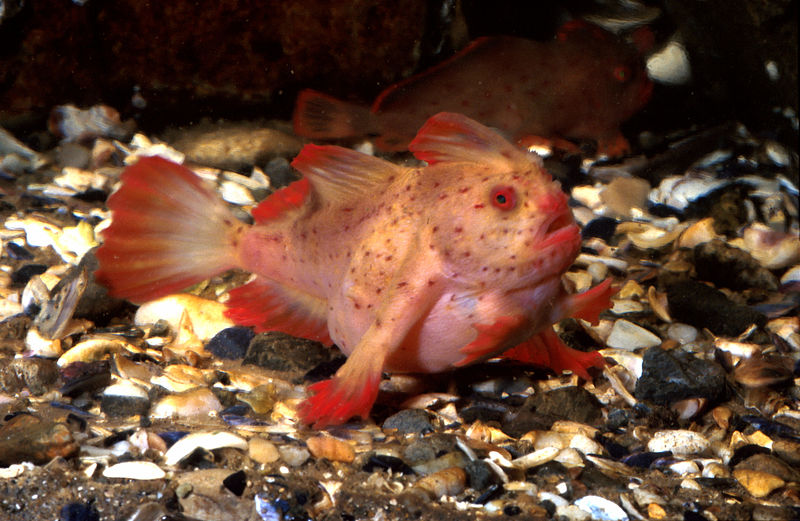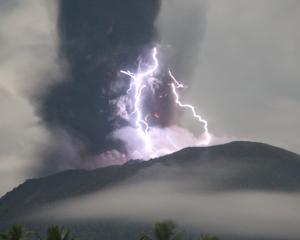
Scientists in January collected 25 red handfish southeast of Hobart, putting them in captivity as protection from record ocean and air temperatures.
It is estimated there are fewer than 100 individuals left in the wild in two small patches of rocky reef.
Andrew Trotter leads the conservation breeding project for red handfish at Australia's Institute of Marine and Antarctic Studies.
He said his team was glad the majority of the rescued fish were returned.
"They're wild animals and belong in the sea," Dr Trotter said.
"We returned 18 red handfish to the wild, keeping four fish to include in the captive breeding program at IMAS for at least this year, to help improve the genetic diversity of the population.
"Although we expected mortality in captivity, we were still disappointed to have three mortalities during this time."
Jemina Stuart-Smith, who co-leads the IMAS red handfish research and conservation programme, said the decision to relocate was a difficult one.
"(However) with their extremely limited population and a severely degraded habitat, we considered the additional threat of high temperature was a possible extinction risk."
Dr Stuart-Smith said data showed water temperatures this summer exceeded previous known maximums.
"We can only assume this additional stressor would have impacted the already vulnerable population.
"So despite the risk (of the relocation), it appears to have been the right approach."
Researchers have worked on habitat recovery and have removed native urchins overgrazing on seaweed and seagrass handfish need to survive.
The red handfish is recognised as one of 110 priority species under the Australian government's Threatened Species Action Plan.
It will continue to be monitored in the wild, with the return of more individuals from the captive breeding programme on the horizon.
Handfish grow to about 8cm and are vulnerable to disturbances partly because of their fragmented populations and small egg clutches that require vigilant maternal care.
"We're now focused on habitat restoration and management at red handfish sites which is crucial to the survival of the species," Dr Stuart-Smith said.
There was a need for further research to better understand disease in the species, she said.












